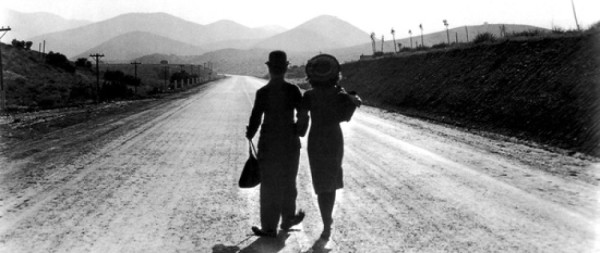The Sun’s Burial (Taiyô no hakaba)
Directed by Nagisa Oshima
Written by Toshiro Ishido and Nagisa Oshima
1960/Japan
Shochiku Eiga
First viewing/FilmStruck
[box] “Teenagers. Everything is so apocalyptic.” ― Kami Garcia, Beautiful Creatures[/box]
I could admire the production values even if I could not entirely figure out the plot.
We are introduced to the dregs of post-War Osaka youth and gang culture. Mostly we follow the story of Hanako, a tough young woman who is in the blood business but is open to do just about anything in the way of illicit commerce. (The blood is used to manufacture cosmetics). The various gangs also deal in prostitution and forgery. A lot of sex and violence is involved.
The “sun” in the title undoubtedly symbolizes Japan and the film takes a bleak view of both the country’s future and human nature. The main thing that struck me was how modern the film looked. It could have been a color film made maybe 30 years later in its lighting and composition. The score is fantastic. You could see that Oshima was on his way to being an auteur. Judging from most of his output (In the Realm of the Senses, etc.), I somehow doubt that I will become a fan.
Clip (no subtitles)







